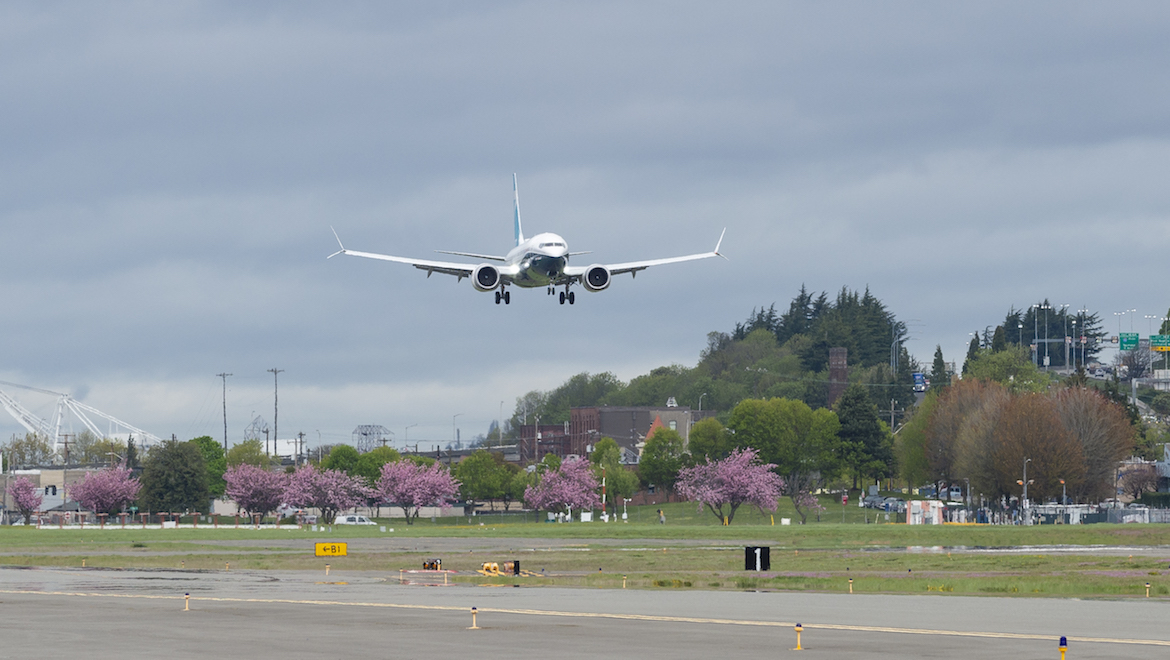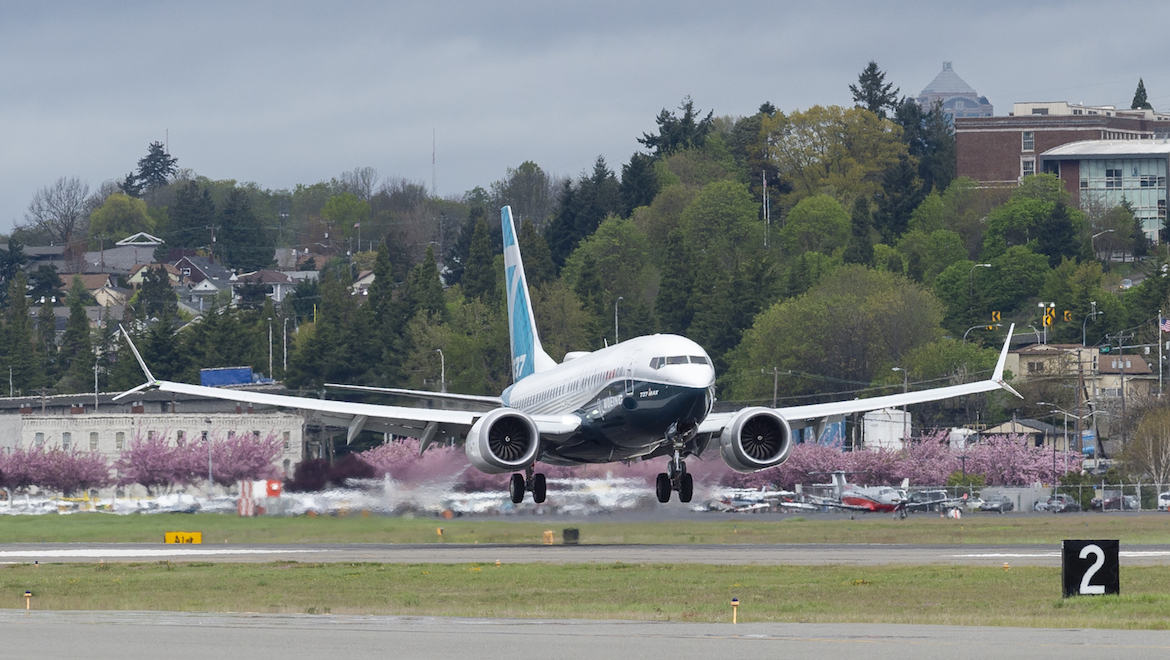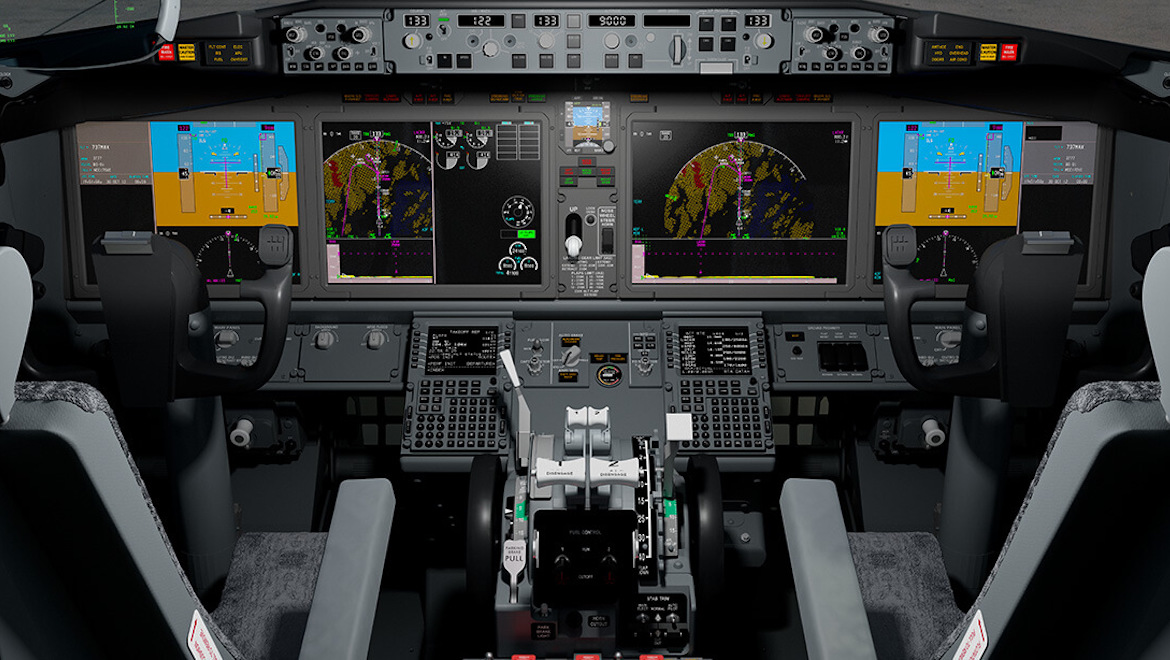
Australia’s Civil Aviation Safety Authority (CASA) has joined a team of international authorities and other aviation experts who will begin a detailed review of certification of the Boeing 737 MAX’s automated flight control system.
The United States Federal Aviation Administration (FAA) said CASA would be represented on its 737 MAX Joint Authorities Technical Review (JATR) team alongside experts from eight other international regulatory bodies.
The JATR was expected to hold its first meeting on April 29 and take 90 days to conduct the review, suggesting the worldwide grounding of the 737 MAX following two tragic accidents was expected to remain in place until at least July.
“The team will evaluate aspects of the 737 MAX automated flight control system, including its design and pilots’ interaction with the system, to determine its compliance with all applicable regulations and to identify future enhancements that might be needed,” the FAA said in a statement on April 19.
The FAA established the Joint Authorities Technical Review (JATR) of the 737 MAX earlier in April with former National Transportation Safety Board (NTSB) chairman and veteran safety investigator, Chris Hart, its chairman.
Boeing has been working on a software update to the Maneuvering Characteristics Augmentation System (MCAS) since shortly after the crash of a Lion Air 737 MAX 8 in October 2018. All 189 people on board were killed when the aircraft plunged into the Java Sea shortly after it took off from Jakarta.
Then, in March 2019, an Ethiopian Airlines 737 MAX 8 with 157 people on board crashed minutes after it took off from Addis Ababa. There were no survivors.
The airframer has acknowledged previously that the MCAS anti-stall feature was activated in response to erroneous angle of attack (AoA) information in both the Ethiopian Airlines and Lion Air tragedies, following the publication of the preliminary report into the Ethiopian Airlines accident.
Boeing said in a statement on April 18 the company completed an engineering flight test with the updated MCAS software on April 16.
“This is the key technical flight prior to the certification flight with the Federal Aviation Administration,” the Boeing statement explained.
Overall, the company said it had completed 120 test flights with the software update, representing about 203 hours of flying time.
Further, it said about 85 per cent of all 737 MAX operators around the world had seen the update being used in simulator sessions.
https://twitter.com/BoeingCEO/status/1118666035039748099
Boeing has explained previously the software update added extra layers of protection from erroneous data out of the aircraft’s angle of attack (AOA) sensors.
This included having the flight control system compare inputs from both AOA sensors. If there was a significant disagreement – by 5.5 degrees or more with the flaps retracted – the MCAS would not activate and an indicator of the flight deck would alert the pilots, according to Boeing.
Further, Boeing said “MCAS can never command more stabilizer input than can be counteracted by the flight crew pulling back on the column”.
“The pilots will continue to always have the ability to override MCAS and manually control the airplane,” Boeing said on its website.
“These updates reduce the crew’s workload in non-normal flight situations and prevent erroneous data from causing MCAS activation.”
In terms of pilot training, Boeing said it had updated the computer-based training to accompany the software update.
“This course is designed to provide 737 type-rated pilots with an enhanced understanding of the 737 MAX Speed Trim System, including the MCAS function, associated existing crew procedures and related software changes,” Boeing said on its website.
Further, Boeing said pilots would also be required to review the Flight Crew Operations Manual Bulletin, Updated Speed Trim Fail Non-Normal Checklist and Revised Quick Reference Handbook.

Joining CASA on the review team are Brazil’s Agencia Nacional de Aviação Civil (ANAC), Canada’s Transport Canada Civil Aviation (TCCA), China’s Civil Aviation Administration of China (CAAC), the European Union Aviation Safety Agency (EASA), Japan’s Civil Aviation Bureau (JCAB), Indonesia’s irectorate General of Civil Aviation (DGCA), the Civil Aviation Authority of Singapore (CAAS) and United Arab Emirates General Civil Aviation Authority (UAE GCAA).
Each of these authorities oversees airlines that have bought or ordered the Boeing 737 MAX aircraft.
A draft report from the FAA’s Boeing 737 MAX Flight Standardization Board (FSB) published on April 16 found the training aspects of Boeing’s proposed software update for an anti-stall feature on the 737 MAX were “operationally suitable”.
“In March 2019, the FSB conducted an evaluation of the modified Maneuvering Characteristics Augmentation System (MCAS) for training and checking differences determination,” the draft report said.
“The system enhancement is incorporated on all MAX series aircraft. The MCAS system was found to be operationally suitable.”













